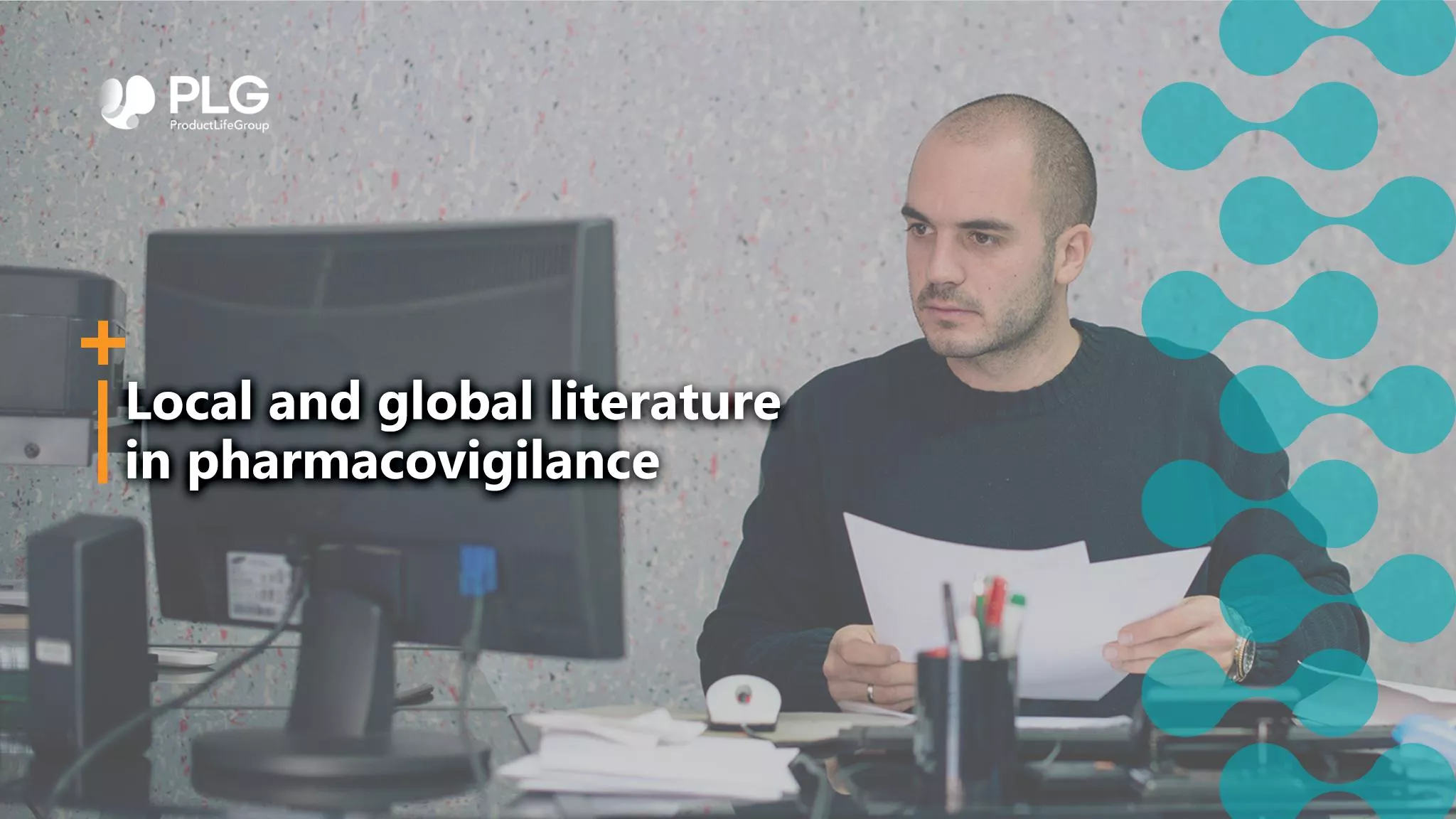
Local Literature and Global Literature in Pharmacovigilance: Bridging the Gap for Safer Medication Use
15 january 2024

Understanding local and global literature in the context of pharmacovigilance
Pharmacovigilance is a critical component of healthcare systems worldwide, aimed at identifying, assessing, understanding, and preventing adverse drug reactions (ADRs). Local and global literature play pivotal roles in advancing pharmacovigilance efforts. Local literature provides valuable insights into ADRs specific to a particular region, while global literature aids in identifying broader trends and patterns that may transcend geographical boundaries. This article explores the significance of both local and global literature in the field of pharmacovigilance, emphasizing how their integration can enhance drug safety and patient care.
The Importance of Pharmacovigilance
Pharmacovigilance is essential to ensure the safe and effective use of medications. It facilitates the continuous monitoring of drugs after they have been approved and made available to patients. By detecting and assessing ADRs, pharmacovigilance contributes to identifying potential safety issues, labeling changes, and the withdrawal of unsafe drugs from the market. This process significantly improves patient safety and instills confidence in healthcare interventions.
Local Literature in Pharmacovigilance
Local literature refers to research, case reports, and studies conducted within specific regions or countries. Its importance lies in capturing ADRs unique to a particular population, considering factors such as genetics, environmental influences, and lifestyle habits. Local literature provides valuable data on the prevalence and characteristics of ADRs that need to be evident in global datasets.
Case Reports: Local literature often includes detailed case reports of ADRs experienced by patients within the region. These reports offer valuable information for healthcare providers and regulators, aiding in identifying potential safety concerns associated with specific medications.
Pharmacogenetics: Certain populations might exhibit genetic variations influencing drug metabolism and response. Local literature helps to uncover these pharmacogenetic differences, enabling tailored medication management and improving patient outcomes.
Cultural and Environmental Factors: Local literature considers cultural practices, traditional medicines, and environmental factors that may interact with conventional medications. Such insights can help healthcare professionals better understand the potential interactions and side effects unique to a particular region.
Regulatory Compliance: Local literature assists regulatory authorities in making evidence-based decisions on drug approval, labeling, and post-marketing surveillance. It aids in creating region-specific guidelines and regulatory frameworks.
Global Literature in Pharmacovigilance
Global literature refers to studies, systematic reviews, and meta-analyses encompassing data from multiple countries and regions. It provides a broader perspective on drug safety and helps identify ADR trends that need to be apparent from localized reports.
Signal Detection: Global literature facilitates the identification of signals, which are potential safety concerns associated with certain medications. Analyzing data from multiple sources makes it easier to detect emerging patterns and signals that might not be apparent in individual local databases.
Drug Interactions: Some drug interactions may only become evident when considering data from diverse populations. Global literature aids in recognizing significant drug-drug interactions and their potential impact on patient safety.
Rare Adverse Events: Adverse events that occur infrequently can be challenging to identify in localized data. Global literature allows researchers to pool data and conduct comprehensive analyses to detect rare ADRs more effectively.
Pharmacovigilance Methods and Tools: Sharing best practices and innovative pharmacovigilance tools through global literature enhances the efficiency and effectiveness of pharmacovigilance activities across different regions.
Bridging the Gap: Integrating Local and Global Literature
While local and global literature offers unique advantages, their integration is crucial to strengthening pharmacovigilance efforts. Several approaches can be adopted to bridge the gap between these two sources of information:
Collaborative Networks: Establishing collaborative networks among pharmacovigilance centers and researchers globally fosters the exchange of data, knowledge, and experiences. Such networks enable the identification of ADRs that might be specific to certain populations or regions.
Data Sharing: Encouraging data sharing across national and international pharmacovigilance databases ensures a comprehensive analysis of adverse events and promotes a better understanding of the safety profiles of medications.
Multinational Studies: Conducting multinational studies that involve diverse populations can provide a more comprehensive assessment of drug safety across different ethnicities and geographical regions.
Comparative Analysis: By comparing local and global literature, researchers can identify discrepancies in ADR reporting, helping to highlight potential underreporting or regional variations.
Conclusion
Pharmacovigilance is essential for ensuring the safe use of medications, and both local and global literature play crucial roles in advancing this field. Local literature helps identify region-specific ADRs, considering genetic, cultural, and environmental factors. On the other hand, global literature offers a broader perspective, aiding in signal detection, drug interaction identification, and detection of rare adverse events. By integrating local and global literature, healthcare professionals and regulatory authorities can enhance drug safety, optimize patient care, and foster a global culture of drug safety vigilance. Choose pLG when it comes to managing your Local and Global literature. We have in-house experts with over 15 years of managing client projects.
Register to our news and events
Go to our Events to register
Go to our News to get insights
